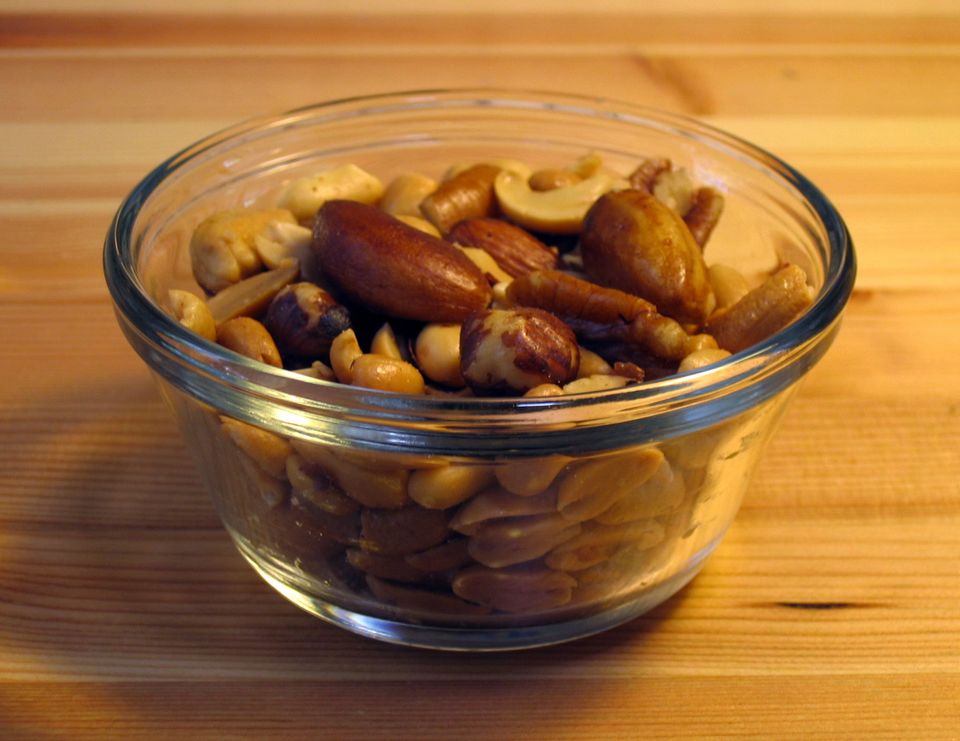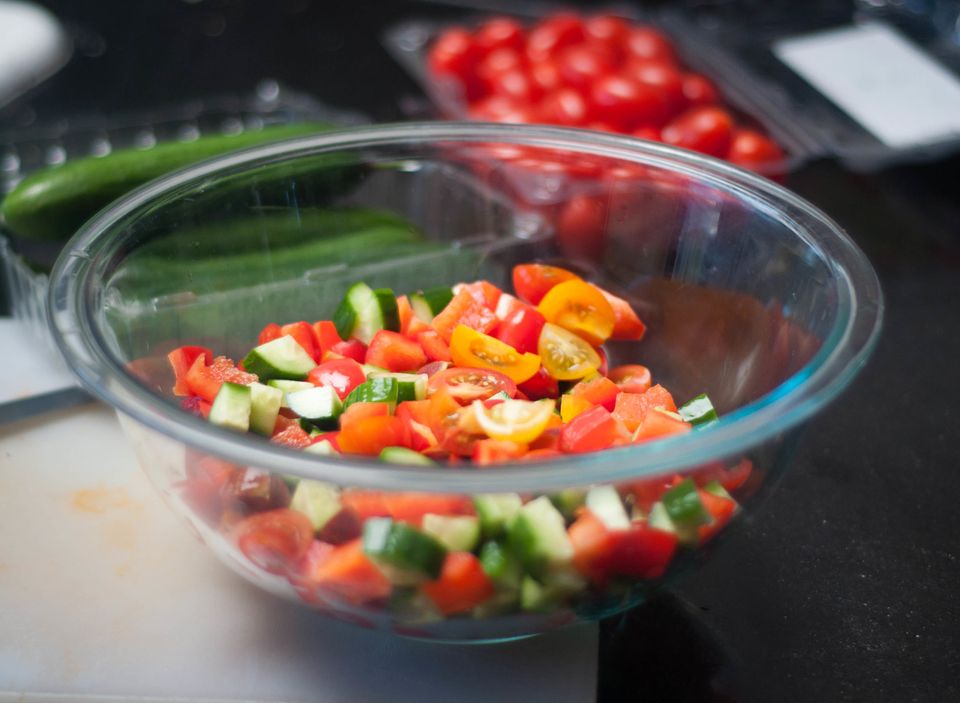
SPECIAL FROM Grandparents.com
The most common form of diabetes, Type 2 (once called adult-onset or non-insulin-dependent diabetes), affects 90-95 percent of the 26 million Americans with diabetes. But a diabetes diagnosis isn't inevitable, according to Gayl J. Canfield, PhD, RD, Director of Nutrition Research at Pritikin Longevity Center in Miami, Florida. It comes down to living a healthy lifestyle and doing all the things you already know you should do: keep your blood glucose (blood sugar) under control, eat healthy, exercise and monitor your blood pressure and cholesterol levels.
What else can help? Try these surprising tips, shown by research to lower your diabetes risk.




And a new study published in the journal of the European Association for the Study of Disease shows that brief bursts of intense exercise before meals is a more effective way to control blood sugar than doing one longer workout during the day.




Need help getting started?To help educate patients on evidence-based behaviors to prevent or delay the onset of type 2 diabetes, the Center for Disease Control has launched The National Diabetes Prevention Program.
The CDC-led National Diabetes Prevention Program is an evidence-based lifestyle change program for preventing type 2 diabetes. Participants work with a lifestyle coach in a group setting at local YMCAs to receive a 1-year lifestyle change program that includes 16 core sessions (usually 1 per week) and 6 post-core sessions (1 per month). To find out if the program is offered in your community, click here.
Read more from Grandparents.com:Are you eating enough salt?7 ways your house is making you sickWhat your urine says about your health
